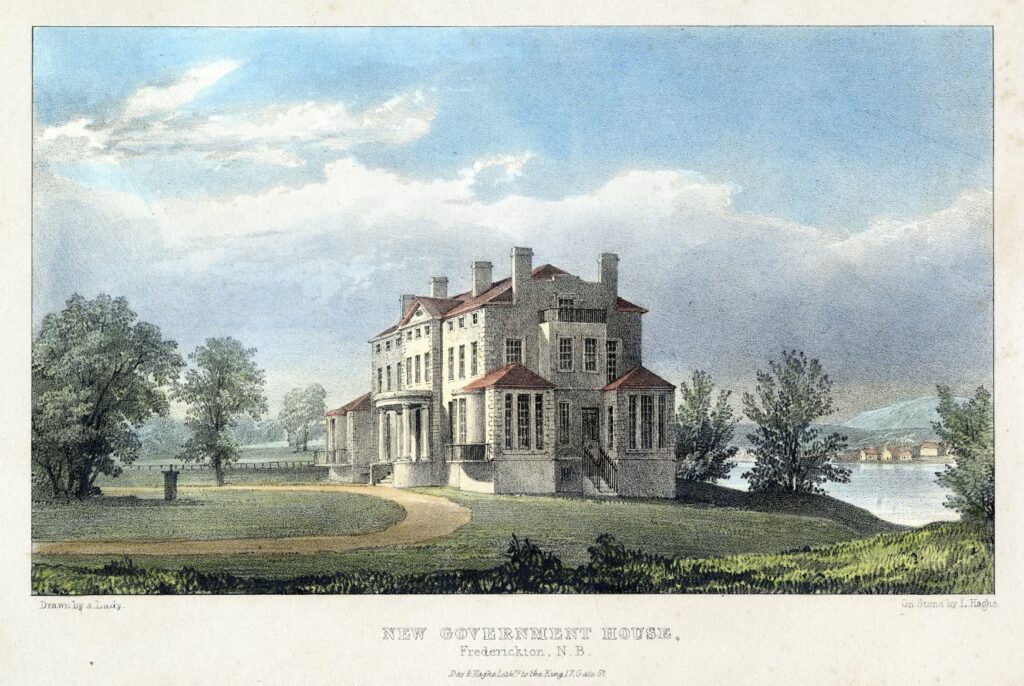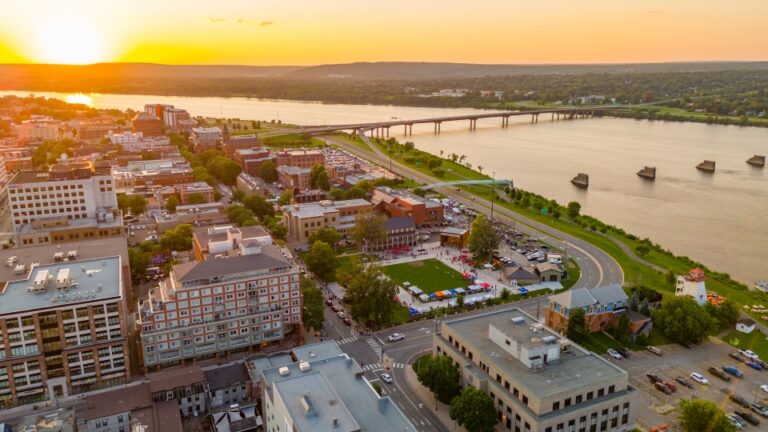Particularly observant students may have noticed UNB’s recent homage to Fredericton’s heritage: the frequent fires that have plagued campus.
Always respectful of its roots, UNB makes plenty of tributes to Fredericton’s past. The most common way UNB remembers is by naming buildings after old white guys; however, this year UNB has chosen to honour a lesser-known part of Fredericton’s past—FIRE!
When asked about the frequent forays by the Fredericton Fire Department up the hill, President Mazerolle stated:
“We wanted to do something to shine a little light—pun intended—on the fires that made Fredericton the centre of art and culture it is today.”
When asked why Tilley Hall was particularly affected by this year’s heritage campaign—having three fire scares in the past three months—the President simply said, raising an eyebrow:
“Have you seen it?”
After learning about UNB’s newest remembrance campaign, some readers may wonder, what is Fredericton’s history with fires?
Essentially since its founding, Fredericton has been on fire. If you have ever looked into the historical buildings around Downtown, it is likely that you noticed there are few buildings from before 1850. This is due to the great fire of 1850 that destroyed almost all of Fredericton—which then was only from, roughly, Smythe Street to University Avenue.
However, Fredericton burned long before 1850, and long after. Most of the city’s most iconic locales are replacements for previously burned structures, including the Government House (burned 1825), the Temperance Hall (precursor to City Hall, burned by arson in 1867), the Officers’ Quarters (burned three times between the 1780s and 1850s), the Justice Building (originally the Normal School; burned 1929), and City Hall (burned 1875).
Most of these fires appear to be accidents, although there are famous cases of arsonists at play in the capital city. Most notably when the Exhibition Palace was burned by arson in 1877, only for its replacement to be burned by arsonists again in 1882.
Due to Fredericton’s frequent fires, the city became known as the “City of Fires with a fire every Saturday night.” Unfortunately, due to the University work week being Monday to Friday, UNB could not keep up the Saturday night tradition.
Importantly, UNB’s newest heritage throwback has a nefarious underside. Through intense journalistic investigation, a centuries-old conspiracy reared its head. Due to intense rivalry between the various stations in Fredricton’s first Fire Department—created in response to the aforementioned fires—some stations would intentionally set fires so they could be the first on the scene to put them out—securing all the clout for themselves.
Is UNB’s commitment to heritage a clever guise for a similar racket? Is UNB in bed with the Fredricton Fire Department? Or are these connections simply a coincidence?
Interestingly, the UNB administration refused to comment on the above accusations. Perhaps in this instance, silence speaks louder than words.
It is also unclear whether the University will continue their illuminating campaign of Fredreicton heritage into the new year.
In short, students who may be curious why fires have been so prevalent this semester need wonder no longer. Keep an eye out, and remember, where there is smoke, there is fire.




